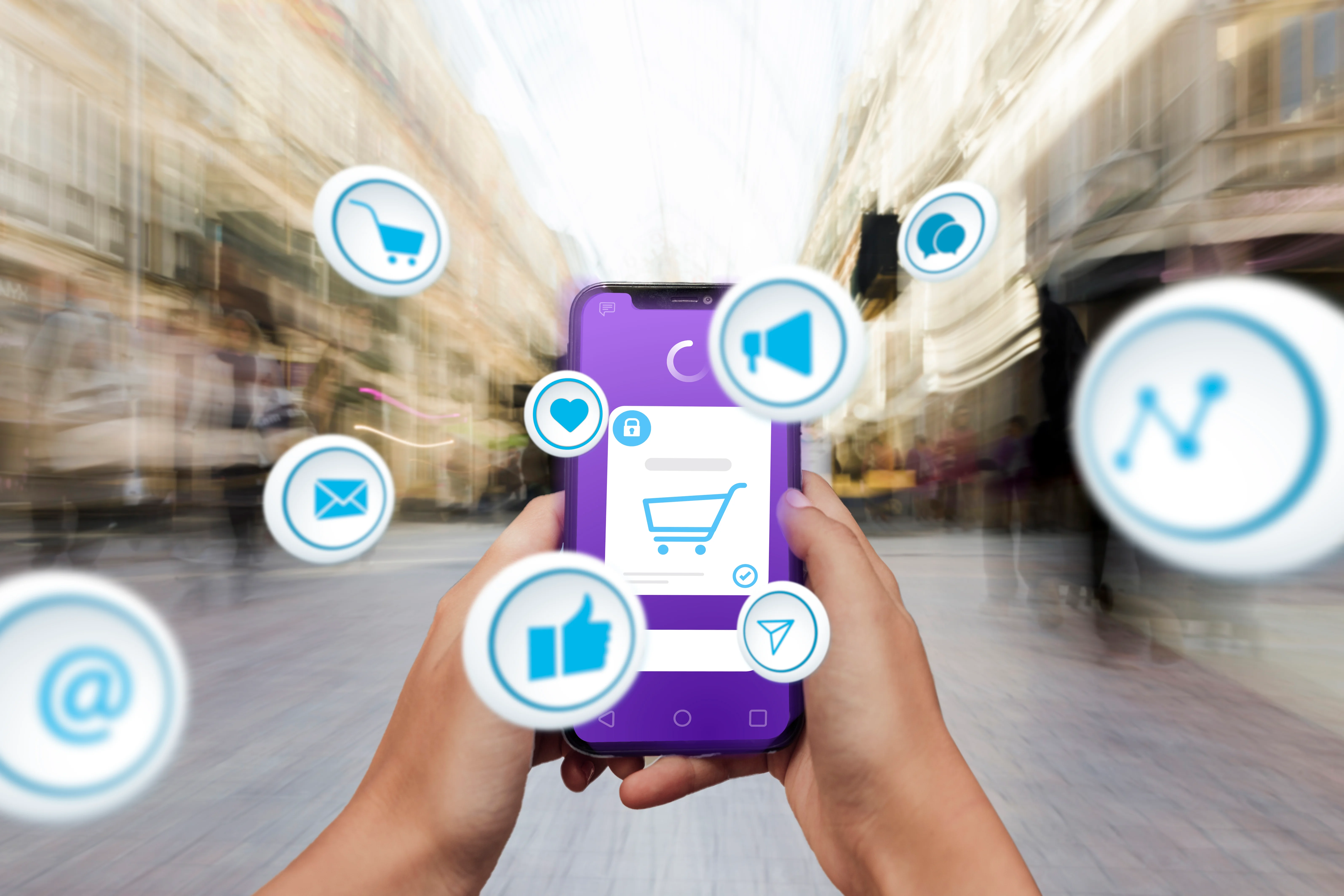The traditional brick and mortar model of retail has been under siege by digitally enabled online and mobile channels. Consumer behavior in digital retail has undergone immense change due to digital technologies which are at the core of this transformation. However its successful implementation requires careful planning and cross collaboration across various retail functions.
The rise of the internet and proliferation of digital transformation has had some profound and unexpected effects on 21st century life. While the term digital transformation may seem like a vast and hazy concept it is fairly easy to understand it, when one sees the constantly evolving changes in the retail sector.
A careful analysis of the trends and consumer behavior driving this transformation can help retailers maintain their focus and achieve tangible benefits. The new generation of customers is more informed and prepared to move through this environment. Research mobility has increased with the technology available such as computers, mobile phones, tablets and so on.
The baseline is that consumer buying behavior is evolving in digital retail which in turn is pushing for continuous transformation.
What drives consumer behavior?
Business houses such as Uber and Amazon, have demonstrated to the world what digital transformation can do to an organization. They have taken traditional business concepts such as retail sales and transit and applied innovative digital technology that has left their competitors far behind. A new consumer-brand relationship has risen with the emergence of the internet. Customers expect relevant content in relation to what they are doing anytime, anywhere, in the format they desire and on a device of their choice. By having access to this information, the consumer can then collate and analyze the information slowly and arrive at an informed choice. This educated consumer then crosses several digital platforms to make a purchase which could be online or offline. It is undeniable that users now prefer applications which are more agile, provide responsive and convenient navigation making the choosing process as pleasant an experience as the actual buying of the product.
How is digital transformation keeping pace with changing consumer behavior

The disruption of digital technology and its impact on the consumer behavior in digital retail has very real implications. How brand owners need to adapt their communication strategies in order to build successful and meaningful relationships with consumers today will be their formula to stay in the race.
Here are the top trends that retailers need to focus on with respect to consumer behavior, in order to surge ahead of competition
1. Use of mobile apps
Mobile based purchases are outpacing the growth of even online retail. Apart from the fact that bigger and powerful smartphones are enabling better shopping experiences, the mobile is also emerging as a strong connector across all retail channels, linking in- store and online modes of shopping. In addition to basic information, consumers also have access to loyalty programs, real time check on store inventory and improved customer engagement. This convenience in the mind of the consumer is irreplaceable and influences consumer buying behavior.
2. Mobile based payment applications
Mobile based retail payments can be made either in person at the point of sale or can be done remotely via mobile apps or browsers. Mobile payments provide a seamless experience to consumers from their smartphones. The consumers today opt for such payments because of convenience and ease of use, the rewards and discounts such payments provide and it also has the necessary compliance and security features in place.
3. Social media

Social media has made giant leaps in today’s world be it for staying in touch or for access to the latest information or to keep up with the current trends. Many of today’s consumers tend to frequent social media sites such Instagram, Facebook, Twitter, Pinterest and YouTube. The consumers have an opportunity to familiarize themselves with the product as well as compare and contrast products with reference to design, color, prices and so on through these sites. They have realized that the content marketing on these social media sites is organic, relevant, and adds value. The additional benefit of product recommendation/purchase coupled with social mixing is a trend that consumers are making the order of the day.
4. Voice recognition and virtual reality
Voice Enabled Search such as Apple’s Siri, Amazon’s Alexa and Google’s Assist are changing the way consumers look for retail products. Searching for products and services using natural speech makes the entire process frictionless and faster. The convenience of such voice recognition systems is driving today’s consumer buying behavior towards a comfortable experience. They are looking for more and more services and products to be channelized through this mode. Another important aspect of changing consumer behavior in digital retail is virtual reality which allows for consumers to experience the reality of the product in the virtual world. This gives the customer a more realistic picture about the product they intend to purchase.
5. Customer insights
Earlier an individual approach was associated with luxury brand shopping albeit in real time. Today with digital transformation, consumers find that customization is available for several more products and at affordable prices. The ability to customize based on individual needs engages the customer in a better way since it makes the customer feel the product was tailor made for him/her. Customization gives consumers better value of money and better access to all products which were previously unavailable due to size difference or color variations or such.
6. Reverse showrooming
Reverse showrooming occurs when a customer browses and researches products online but purchases the product at an actual store. Apparel and furniture benefit from this kind of retailing. This is extremely beneficial for consumers since they enter a store armed with all the information they need before purchase of a product. Their online browsing would have given them all there is to know about a certain product such as origin, material used, colors available, availability at store. The last step to have an actual feel of the product is completed at the store thereby hastening the process of a purchase.
Conclusion
The retail industry is one of the most rapidly evolving verticals across the worlds. A change in consumer buying behavior is due to this digital transformation which empowers today's consumer with deeper knowledge that l assists them in making the best choice based on their needs

